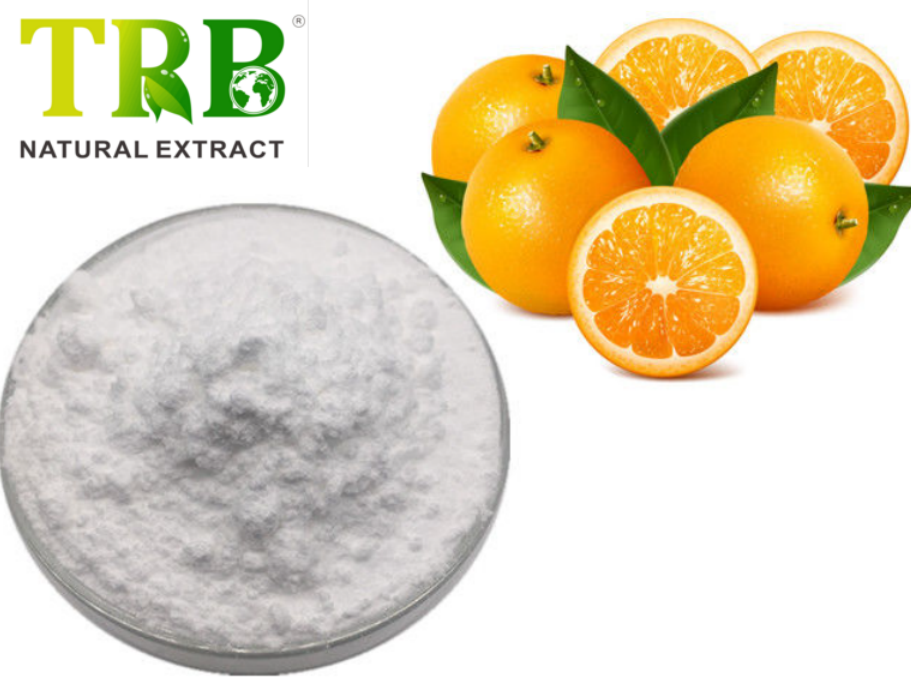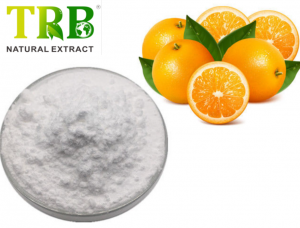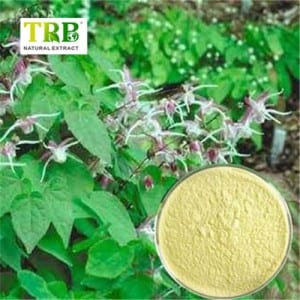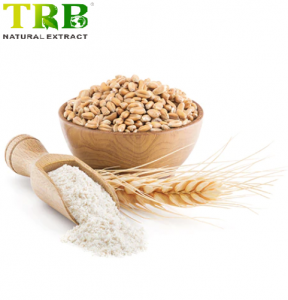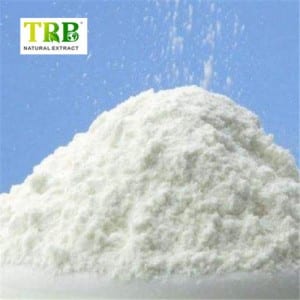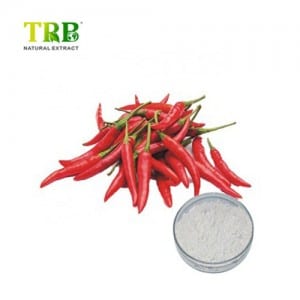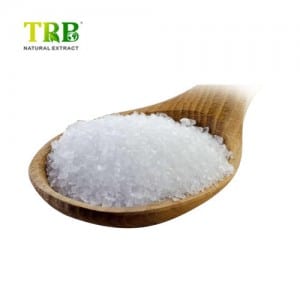Neohesperidin Dihydrochalcone (NHDC) Powder: A High-Intensity Natural Sweetener and Flavor Enhancer
Product Overview
Neohesperidin Dihydrochalcone (NHDC) is a non-nutritive, high-intensity sweetener derived from citrus flavonoids, specifically through the hydrogenation of neohesperidin found in bitter oranges (Citrus aurantium). With a sweetness 1,500–1,800 times greater than sucrose and a clean, lingering taste profile, NHDC is widely used in food, beverages, pharmaceuticals, and animal feed to enhance flavors, mask bitterness, and reduce caloric content .
Key Features & Benefits
- Exceptional Sweetening Efficiency
- Low Dosage, High Impact: Effective at concentrations as low as 10–30 mg/L (sweetening) or 4–5 mg/L (flavor enhancement), reducing formulation costs .
- Synergistic Effect: Enhances sweetness when combined with other sweeteners (e.g., stevia, aspartame), improving overall taste quality .
- Stability & Versatility
- Heat and pH Resistant: Stable under high temperatures (e.g., UHT processing, baking) and across a wide pH range (2–6), ensuring longevity in products with a shelf life of up to 5 years .
- Multi-Industry Application: Ideal for confectionery, dairy (ice cream, yogurt), beverages, sauces, oral care products, and animal feed .
- Health-Conscious Profile
- Zero Glycemic Impact: Suitable for diabetics and low-carb diets, with no effect on blood glucose levels .
- Non-Carcinogenic & Safe: Extensive studies confirm no toxicity, teratogenicity, or carcinogenicity at approved usage levels .
- Regulatory Compliance
- EU-Approved: Authorized as a sweetener (E 959) under Regulation (EC) No 1333/2008, with an ADI of 5 mg/kg body weight .
- US Status: Recognized as GRAS (Generally Recognized as Safe) for flavor enhancement, though not yet approved as a standalone sweetener by the FDA .
Applications
- Food & Beverage: Mask bitterness in citrus juices, enhance fruit flavors in low-sugar jams, and reduce calories in soft drinks .
- Pharmaceuticals: Improve palatability of syrups and chewable tablets without affecting drug stability .
- Animal Feed: Used in products like Sugarex® to stimulate appetite in livestock (e.g., swine, poultry) at doses ≤35 ppm (EU) or ≤15 ppm (US) .
Technical Specifications
| Property | Detail |
|---|---|
| Chemical Formula | C₂₈H₃₆O₁₅ |
| CAS No. | 20702-77-6 |
| Molecular Weight | 612.58 g/mol |
| Solubility | Water-soluble, slightly soluble in ethanol |
| Storage | Stable for 5 years in cool, dry conditions; avoid direct sunlight |
Why Choose Our NHDC Powder?
- Certified Quality: Produced under ISO and GMP standards, with batch-specific Certificates of Analysis (CoA) .
- Sustainable Sourcing: Derived from responsibly cultivated citrus sources.
- Custom Solutions: Tailored blends available for synergistic sweetening or flavor masking.
Keywords
Natural Sweetener, High-Intensity Sweetener, Non-Nutritive Sweetener, EU Food Additive E959, Citrus-Derived Flavor Enhancer, Low-Calorie Sweetener, GRAS Flavor Agent
